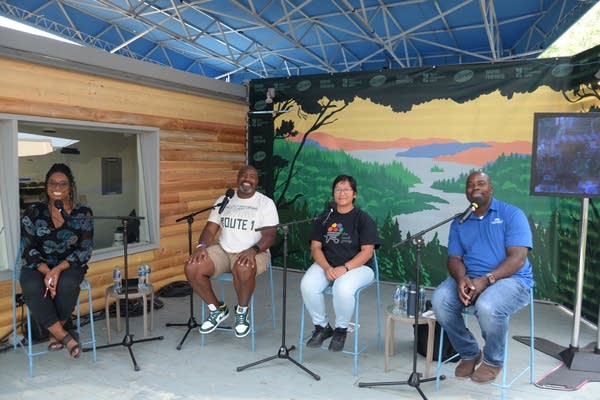Growing diversity: The changing face of Minnesota farming

From left to right: MPR News host Angela Davis; Marcus Carpenter from Route 1 Farms; KaZoua Berry, director of Big River Farms; and Patrice Bailey, assistant commissioner at the Minnesota Department of Agriculture at the fair Tuesday.
Tom Campbell | MPR
Go Deeper.
Create an account or log in to save stories.
Like this?
Thanks for liking this story! We have added it to a list of your favorite stories.


